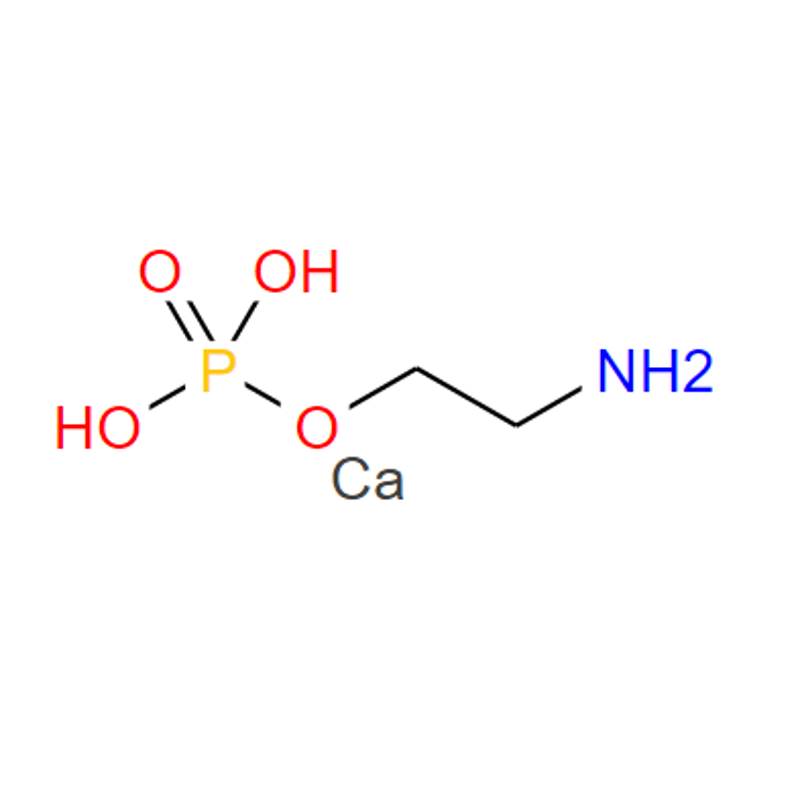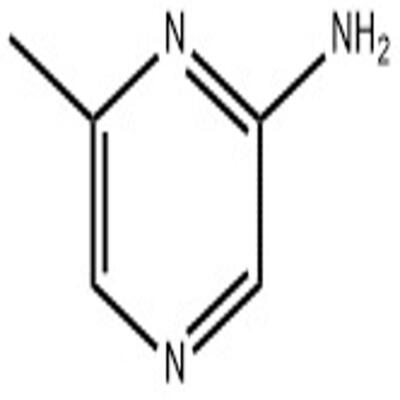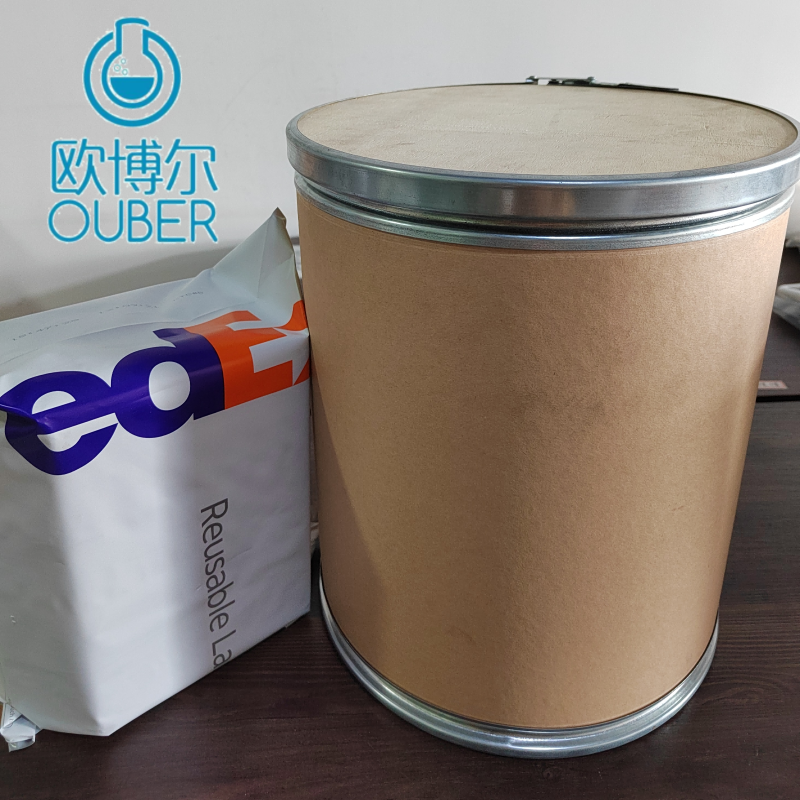-
Categories
-
Pharmaceutical Intermediates
-
Active Pharmaceutical Ingredients
-
Food Additives
- Industrial Coatings
- Agrochemicals
- Dyes and Pigments
- Surfactant
- Flavors and Fragrances
- Chemical Reagents
- Catalyst and Auxiliary
- Natural Products
- Inorganic Chemistry
-
Organic Chemistry
-
Biochemical Engineering
- Analytical Chemistry
-
Cosmetic Ingredient
- Water Treatment Chemical
-
Pharmaceutical Intermediates
Promotion
ECHEMI Mall
Wholesale
Weekly Price
Exhibition
News
-
Trade Service
3-Chloropyridazine-4-carboxylic acid, also known as 3-CPCA or N-(3-chloropyridin-2-yl) acid, is a commonly used intermediate in a variety of chemical reactions.
It is a yellow to orange solid that is soluble in organic solvents, and it has a strong, unpleasant smell.
This compound is used as a building block for the synthesis of a range of other chemicals, including pharmaceuticals, agrochemicals, and dyes.
There are several synthetic routes to 3-CPCA, including the following:
- Hydrochlorination of 2-aminopyridine
One of the most common methods of synthesizing 3-CPCA is by hydrochlorination of 2-aminopyridine.
In this process, 2-aminopyridine is treated with hydrochloric acid (HCl) and a catalyst such as iron or aluminum chloride.
The reaction produces 3-CPCA and ammonia gas (NH3).
The 3-CPCA can be isolated by crystallization or recrystallization from a suitable solvent, such as water or a polar organic solvent like dichloromethane.
- Nitration of Pyridine-3-carbaldehyde
3-CPCA can also be synthesized by nitration of pyridine-3-carbaldehyde, which is obtained by reduction of 3-chloropyridine-2-sulfonic acid.
In this process, pyridine-3-carbaldehyde is treated with a mixture of nitric acid (HNO3) and a solvent such as acetonitrile or benzene.
The reaction produces 3-CPCA and the corresponding nitrate salt.
The 3-CPCA can be isolated by extraction with a suitable solvent, such as water or a polar organic solvent like ethyl acetate.
- Decarboxylation of 3-Chloro-4-pyridinemethanamine
Another route to 3-CPCA involves the decarboxylation of 3-chloro-4-pyridinemethanamine, which is obtained by reaction of 3-chloropyridine-4-carboxylic acid with methylamine in the presence of a strong acid catalyst such as sulfuric acid.
In this process, the amine is first made from 3-chloro-4-pyridinemethanamine by treatment with methylamine in the presence of a catalyst such as pyrrolidine.
The resulting derivative is then heated to a high temperature in the presence of a strong acid catalyst, such as sulfuric acid or phosphoric acid.
The reaction produces 3-CPCA and ammonia gas (NH3).
Overall, these are just a few examples of the many different synthetic routes to 3-CPCA.
The specific route used will depend on the available starting materials, the desired yield and purity of the product, and the desired end product.
In many cases, a combination of these methods may be used to obtain a high-quality material.







